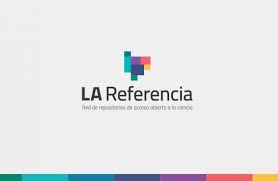Lima symptoms: Heterotopias, gaps and risks in the peruvian capital
DOI:
https://doi.org/10.33539/consensus.2016.v21n2.389Keywords:
Lima, urbanism, city, symtoms, urban crisis, heterotopiasAbstract
This article describes the symbolic, physical and demographic changes experienced by the Peruvian capital over the past fifty years. In this period, Lima came to its current image of a historical, hybrid, multicultural and post-modern city. A city that confines, within its boundaries, all the nuances of Peruanity that remain determined by a constant tension between its visible and invisible face, of being a city split between being simultaneously legal and illegal. Invoking a historical, urban and sociocultural approach of some of its representational luminaries (Valdelomar, Salazar Bondy, Matos Mar, De Soto), the article describes the current risks and possibilities that the project of hyper-modernization and consumption has come to mean for a jumbled and historical city, whose heterotypical undulations are faced with unilateral risks of a logic marked by “urban-marketization”.








